Dante Alighieri has always been celebrated worldwide for his remarkable literary contributions, inspiring countless individuals across diverse fields to pursue knowledge. His own career was profoundly driven by his passions for literature, politics, art, and philosophy. But, what truly sets him apart is his profound fascination with the stars.
The Divine Comedy serves as a powerful example of the themes of allegory and didacticism, featuring the author himself as the protagonist. In this work, he narrates the extraordinary journey he undertook to ascend to God.
Dante lived during a time in which the writings of Aristotle and Ptolemy were central to cosmological understanding. They saw the Earth as the centre of the universe, with the sun, moon, and planets orbiting around it, each located in its own heaven represented by concentric spheres. Although this model has been fundamentally challenged for centuries, his celestial descriptions continue to captivate students and scientists worldwide.
The Divine Comedy is not only an extraordinary journey through the realms of the afterlife; it also represents the accumulated knowledge of a medieval world that differs from our own– yet is grounded in a complexity governed by stable principles.
Dante was deeply interested in science and was truly a man ahead of his time. In the Comedy, the author connects his symbolic and allegorical journey to reality through astronomy. He uses astronomical knowledge not only to indicate the passage of time, but also as a compass for orientation.
His understanding of astronomy is based on the works of ancient authors, leading to a portrayal that aligns with the Ptolemaic system, where the Earth is at the centre of the universe. In this model, the Sun and Moon revolve around the Earth, while the five known planets of Mercury, Venus, Mars, Jupiter and Saturn, move in complex paths involving cycles and epicycles.
As Dante describes his journey, he showcases his familiarity with constellations and the movements of stars and planets. He also refers to the phenomenon of the precession of the equinoxes, which causes a very slow shift in the position of constellations on the celestial sphere over a cycle of approximately 26,000 years. This phenomenon signals the arrival of spring and autumn year after year.
Dante and the Configuration of the Sky
When he talks about stars, the poet is referencing the actual astronomical configuration of the sky. Thanks to the precise and detailed information provided by Dante himself in his tercets, we can reconstruct the configuration of the sky at different stages of his journey. What is described is simply a reflection of what the great author could see with his own eyes, which he faithfully captures in various passages of the Divine Comedy.
The universe crafted in this work unfolds within a great framework, with the Earth as its majestic centre, divided into two distinct realms: the vibrant expanse of dry land and the shimmering depths of water.
Dante positions the sacred city of Jerusalem at the heart of the Northern Hemisphere, approximately at 32° north latitude– perfectly balanced between the distant, flowing waters of the Ganges River and the ancient Pillars of Hercules.
Directly beneath the city, he envisions a colossal chasm carved into the Earth, a foreboding gateway to Hell.
In stark contrast, at the antipodes of Jerusalem, lies the Southern Ocean, where the towering mountain of Purgatory pierces the sky, situated at 32° south latitude. It is upon its summit that the exquisite earthly Paradise awaits, a realm of eternal beauty and tranquillity.
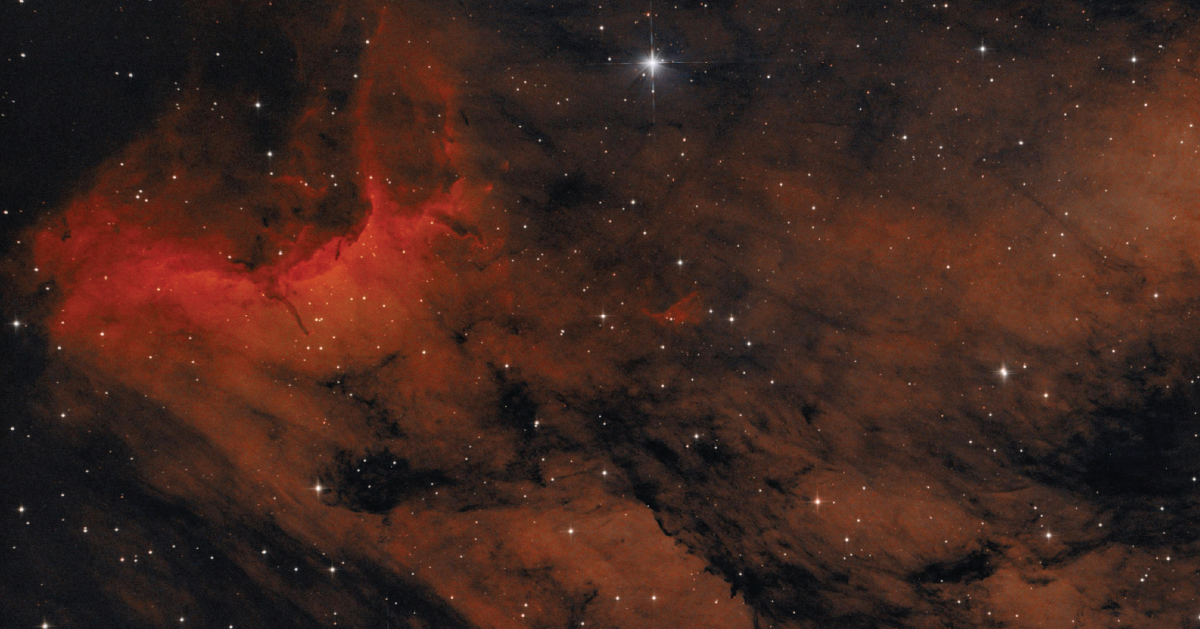
Surrounding this planet, are seven luminous spheres of ether, each hosting the celestial wanderers: the Moon, Mercury, Venus, the Sun, Mars, Jupiter, and Saturn– each spinning in intricate harmony.
Beyond their radiant paths lies the sphere of the fixed stars, followed by the Primum Mobile, the cosmic engine that drives the celestial dance and precedes the glorious empyrean.
Dante's Divine Comedy is a treasure trove of astronomical wonder, enabling readers to embark on an enchanting journey among the stars alongside the poet himself. Through this trip, we're invited to gaze into the vastness of the cosmos, guided by Dante's masterful hand, and to immerse ourselves in the awe-inspiring beauty of the sky.
It's an invitation to experience the passion and reverence with which he observed the Heavens, leaving us spellbound by the infinite wonders of the universe.
"And then we came forth to see the stars again" (Inferno XXXIV, 139)
Attilio Momigliano, observed that the stars serve as Dante's ultimate aspiration, which is symbolically reflected in the final line of each canticle of the Divine Comedy. This recurring element is more than a mere symmetrical pattern; it embodies a profound thematic motif that traverses the entire poem, consistently guiding it toward its celestial purpose.
In Dante’s time, when he looked up at the night sky over Florence, he most likely watched a breathtaking array of stars, far more numerous than we can see today. This difference is present due to modern light pollution, which obscures the visibility of the stars even for those equipped with the most sophisticated telescopes.
Therefore, his celestial inspiration was drawn from a clearer, more vivid fabric of the cosmos, one that evoked a sense of wonder and aspiration unmatched in our contemporary world.
Even after the groundbreaking moment when Galileo Galilei first looked through his telescope at the moon, poetry continued to play a vital role in influencing how celestial bodies were depicted and understood. This ongoing dialogue between literary imagination, artistic creation, and scientific observation, infused Renaissance astronomical texts with a unique perspective.
In his philosophical masterpiece, the “Convivio”, Dante proclaimed astronomy to be the most high and noble of the sciences. His poetic vision is abundant with vivid imagery referencing the sun's radiant position, the moon’s silvery glow, the twinkling stars, and the wandering planets. He dedicated nearly an entire canto to the intricate details of lunar spots, painting a portrait of the moon that reflects both its beauty and complexity.
Dante's profound insights were not confined to isolation; they were fully integrated into the prevailing astronomical theories of his time, acting as a catalyst for further exploration. His in-depth analysis of the moon's surface likely ignited Galileo's curiosity, encouraging the latter to meticulously explore the features and essence of the moon in his groundbreaking work, "The Starry Messenger".
Moreover, Dante's scientific observations sparked inspiration among other astronomers. Alessandro Piccolomini, in his acclaimed work "On the Fixed Stars", echoed Dante’s descriptions, breathing life into the constellations. He delved into the idea of celestial influence over human character, reflecting on how Dante attributed his poetic gifts to the starry constellation of Gemini, linking the cosmic with the personal, in a beautifully intertwined narrative of fate and creativity.

The Divine Comedy was also recognised for its linguistic creativity. Unlike other scientific texts of the time, which were written in Latin, this was composed in the Italian vernacular. By translating scientific terms and concepts into his native language, Dante connected with a wider audience and played a crucial role in the development of Italian scientific terminology.
Terms such as “pianeta” (planet) and “galassia” (galaxy), which later appeared in the works of Galileo and Piccolomini, are just a few examples. This process of adaptation, citation, and translation not only contributed to Dante's authority in language but also influenced the fields of science and literature.
Dante was a keen observer of the night sky. However, some scholars argue that his poetry was primarily inspired by the astronomical manuals that were available during his time.
His Knowledge and Truths
Al-Farghānī's "Book of the Aggregation of the Stars" was certainly one of Dante's key astronomical references. This can be supported by examining passages from the Convivio, where Dante explicitly mentions the astronomer’s work. Besides, Aristotelian and Ptolemaic physics served as significant influences on him, marking a substantial departure from the prevailing Catholic thought, which was often limited and heavily tied to religious perspectives.
In contemporary times, we also study nature and its scientific dimensions. However, merely analysing ancient texts is insufficient to fully grasp the depth of Dante's astronomical knowledge, which is evident in his works. One often-overlooked theory, suggests that he conducted actual astronomical observations rather than simply transcribing ideas from the manuals he studied.
Dante emerges not only as a celebrated poet, a master of language, a profound political theorist, and a philosopher of great depth, but he's also intricately linked to the realms of astronomy and astrology, weaving these themes seamlessly into the fragments of his work.
The origins of Dante's profound knowledge are shrouded in an ongoing mystery, leaving scholars and enthusiasts alike pondering his influences and insights. A plethora of theories exists, each presenting a distinctive perspective that invites deeper analysis and reflection on his literary works.
This fascinating ambiguity is what makes him such a compelling figure in the literary realm. He's surrounded by an enigmatic atmosphere that sparks the imaginations of artists, poets, scientists, and scholars from all corners of the world.
His legacy continues to ignite a passion for exploration and creativity, encouraging countless interpretations and adaptations in contemporary culture, resonating with audiences long after his time.
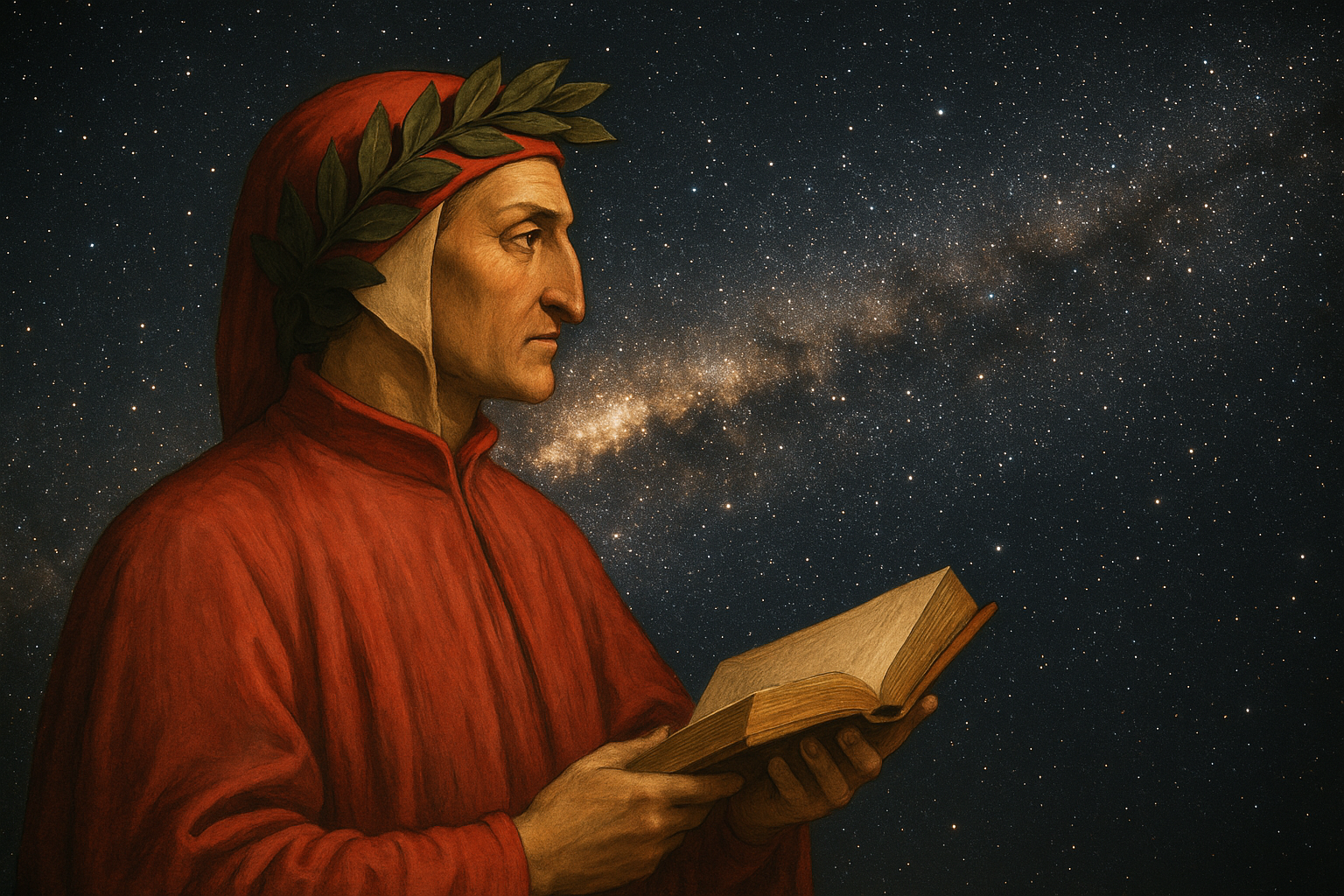



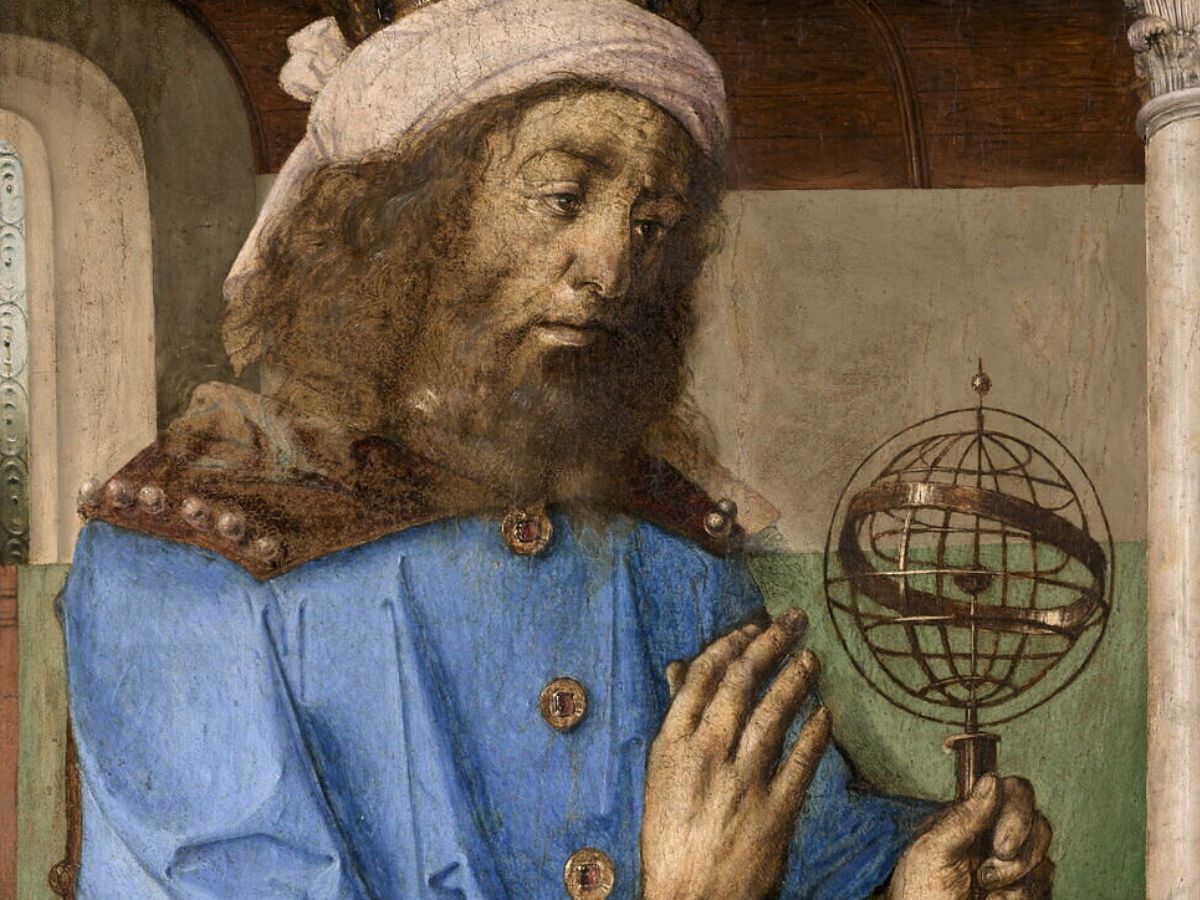

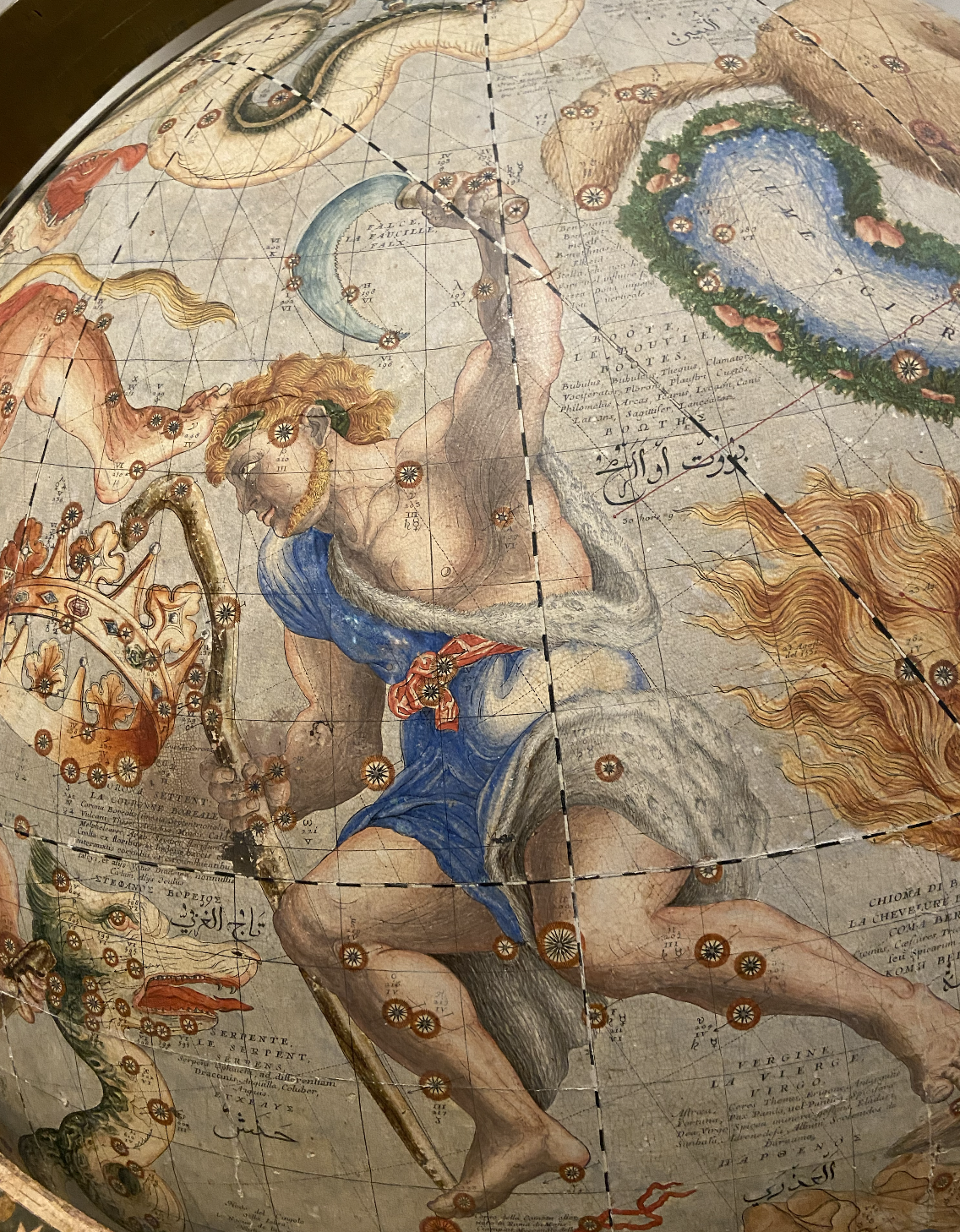




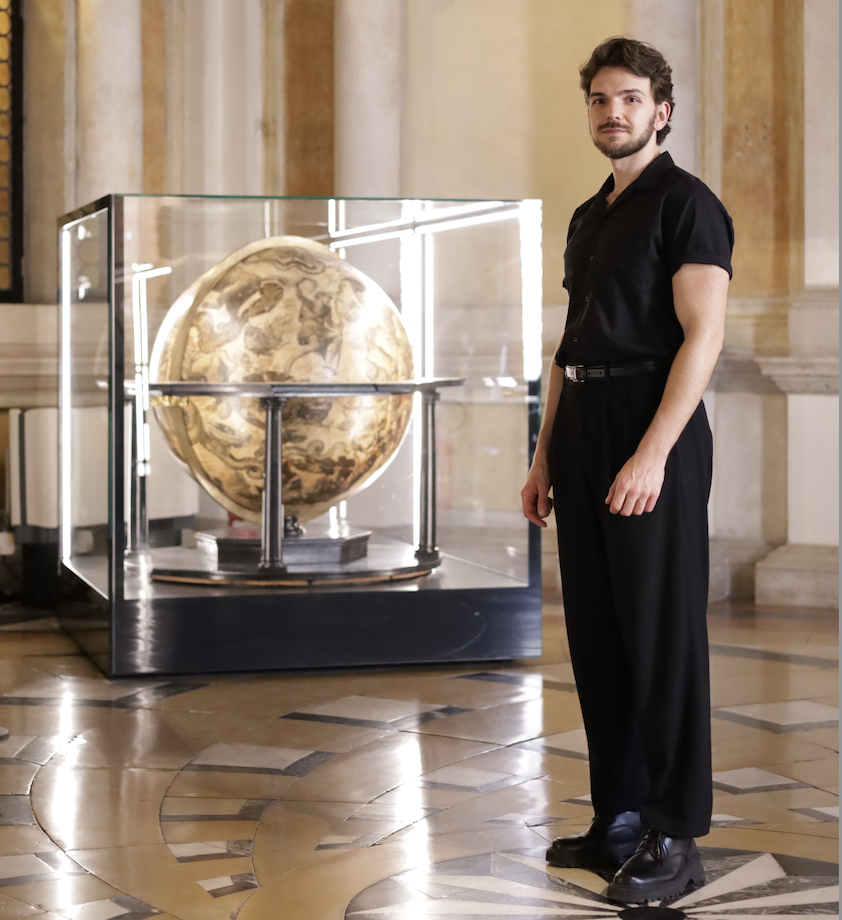



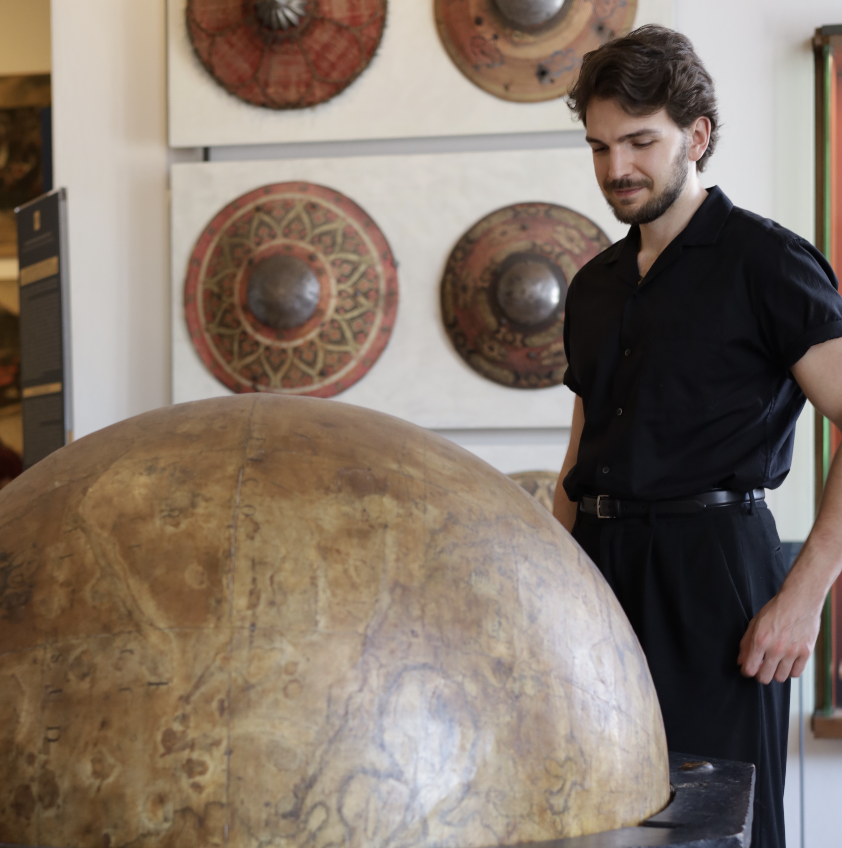
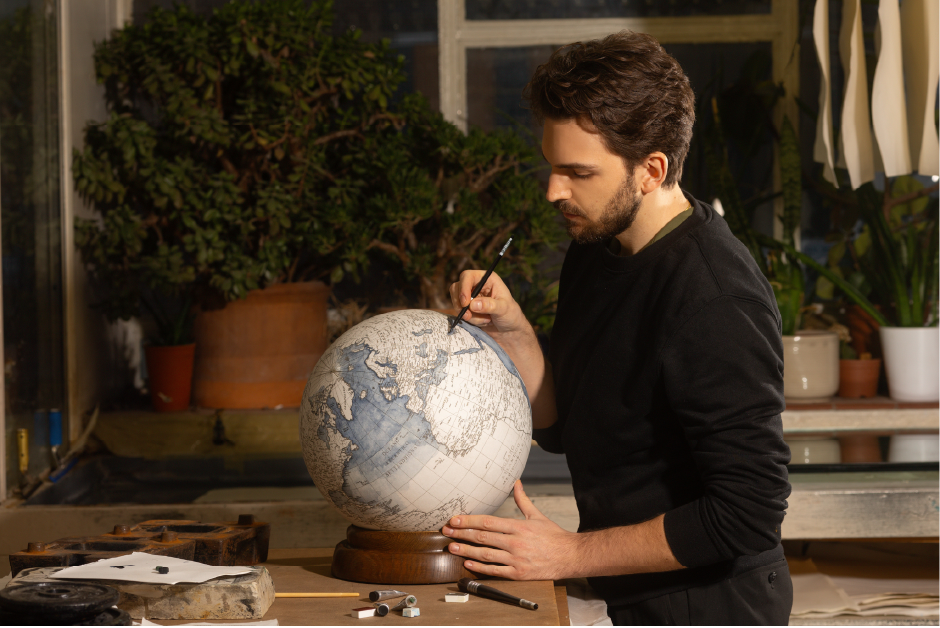
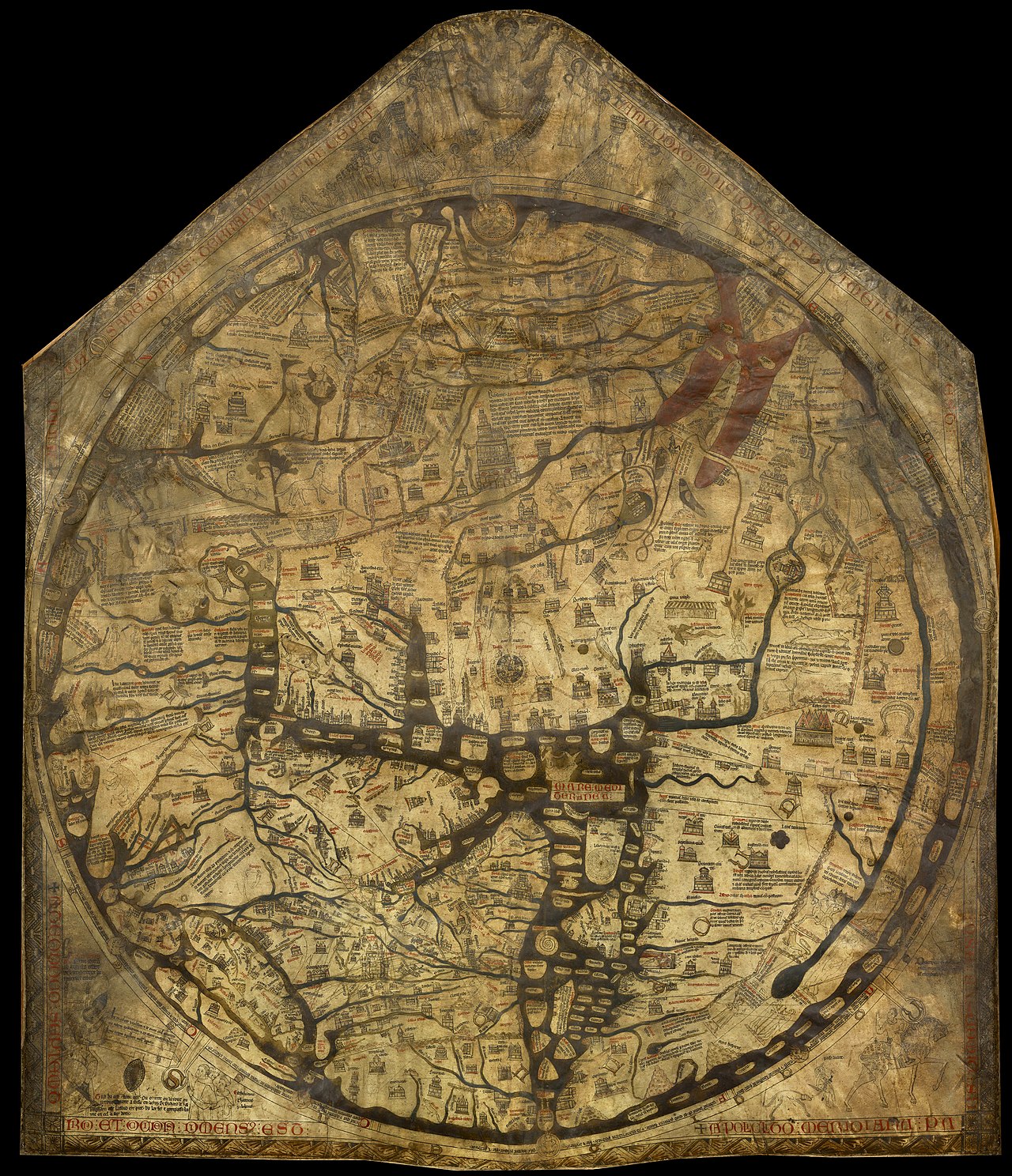
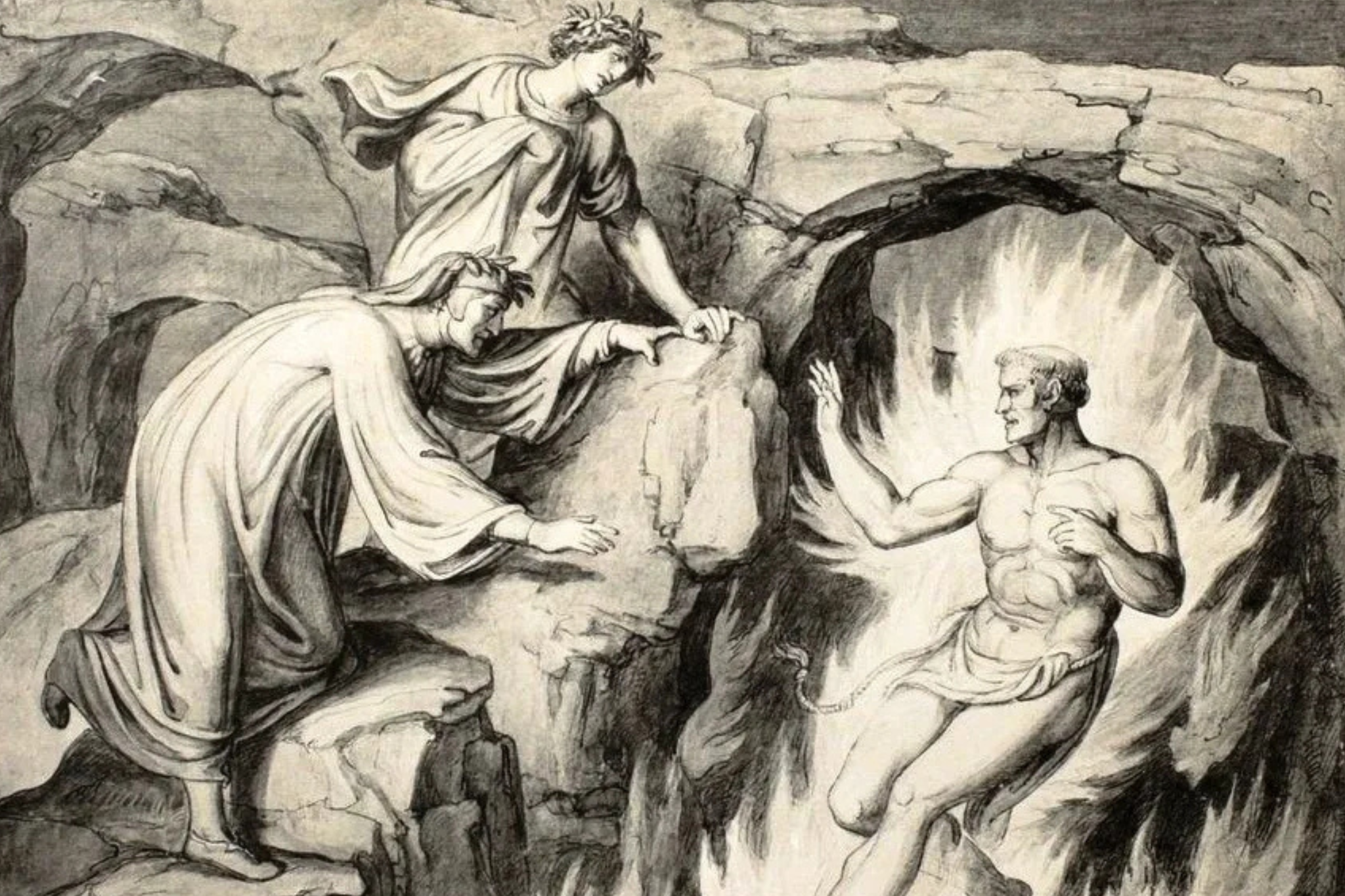








.avif)